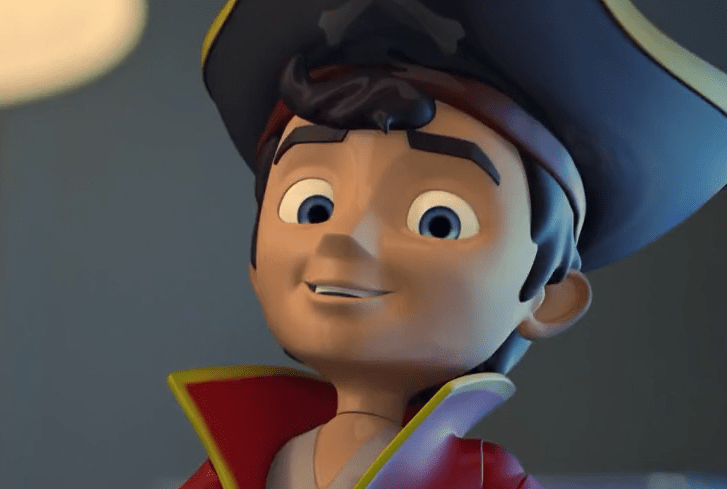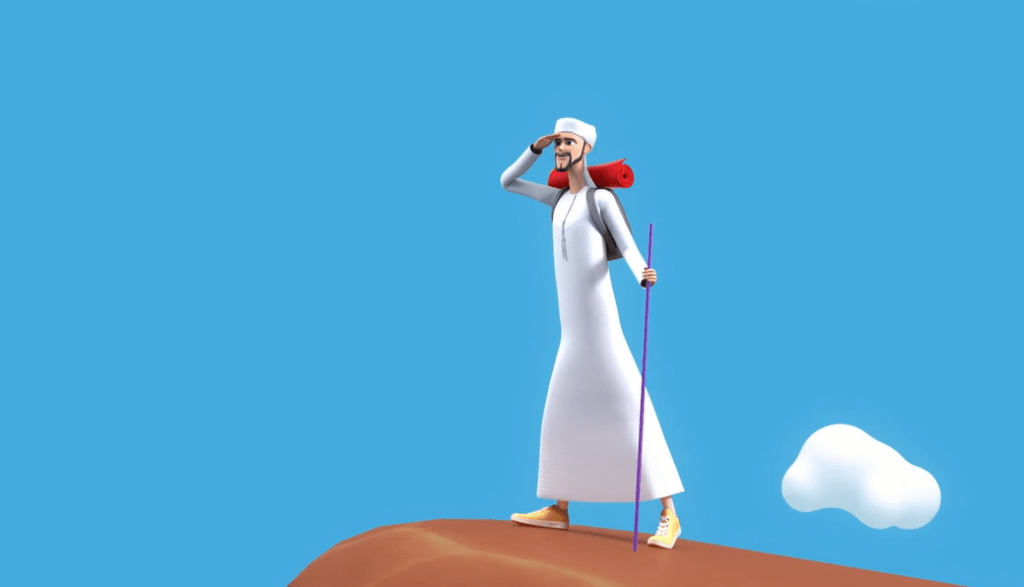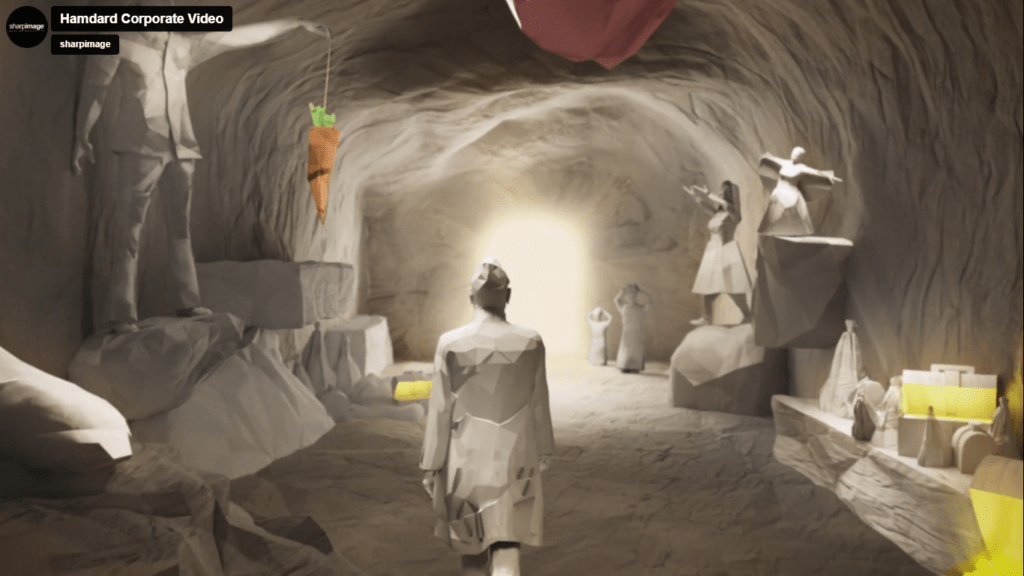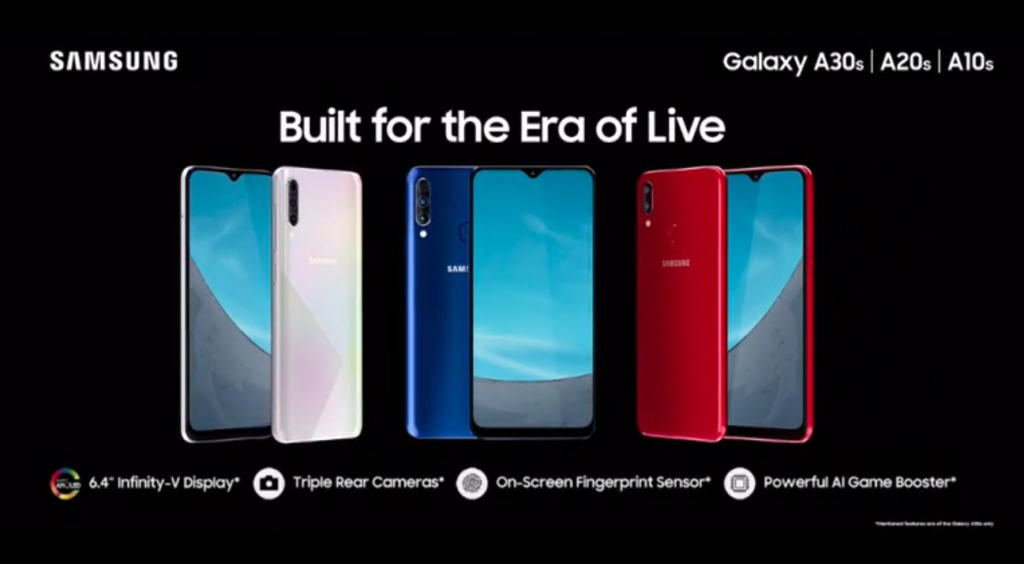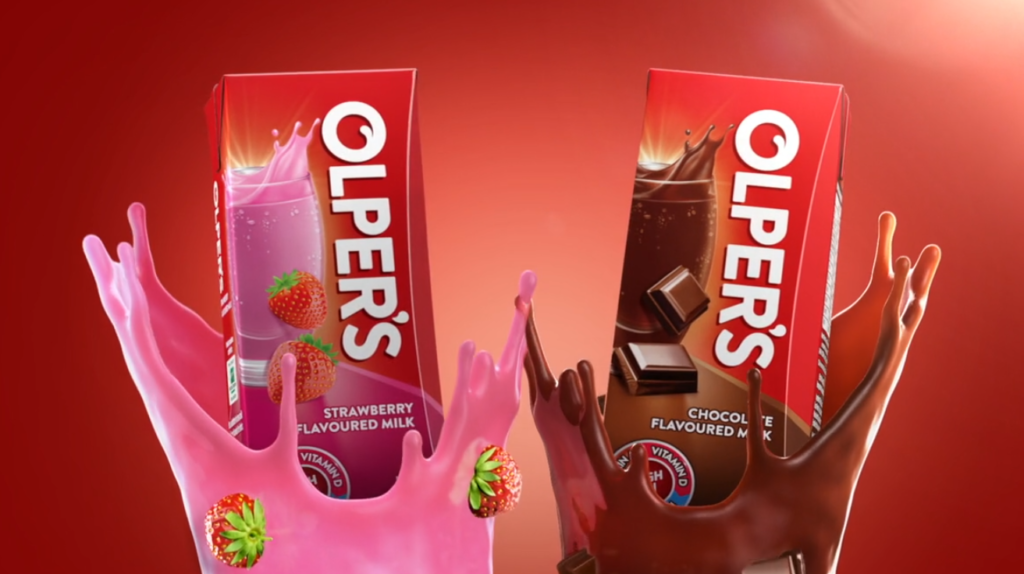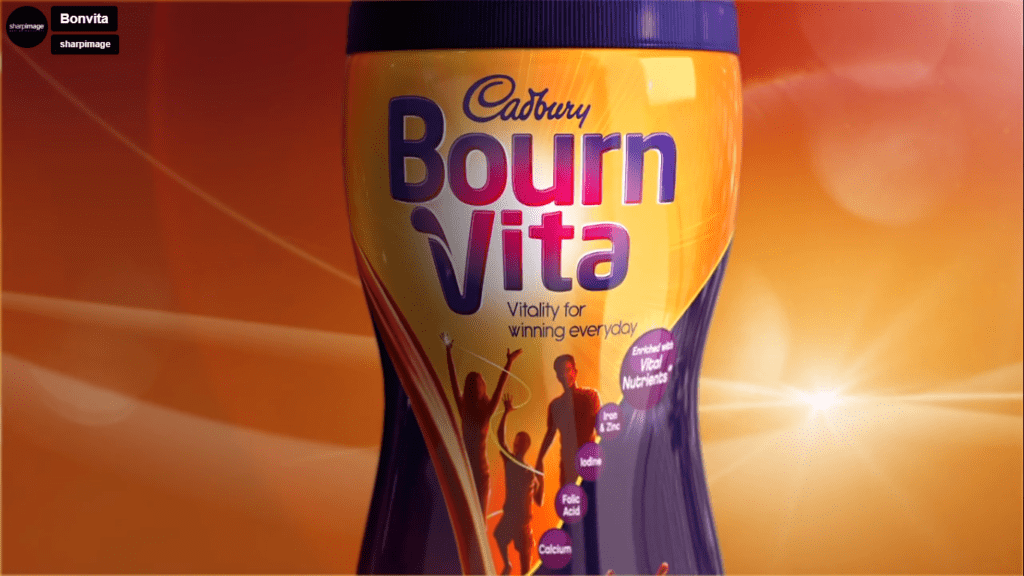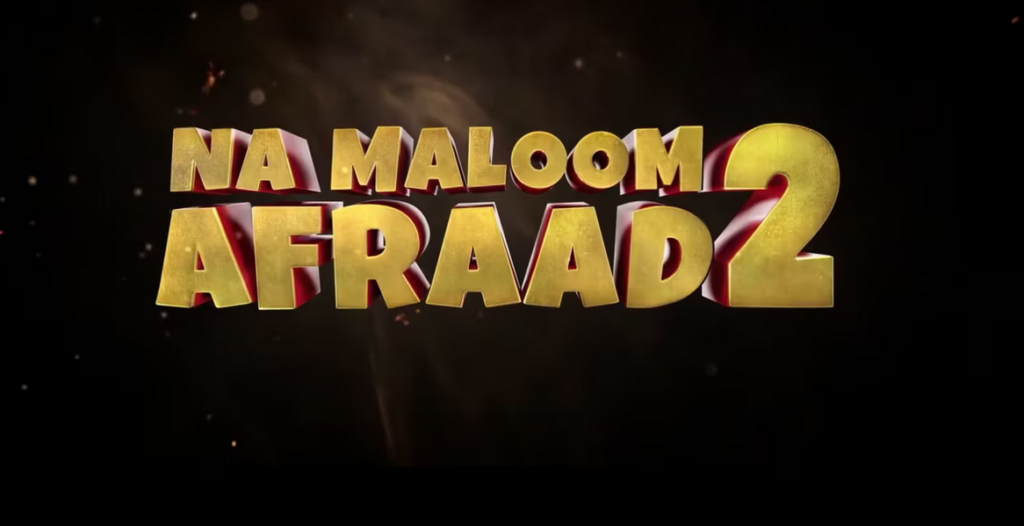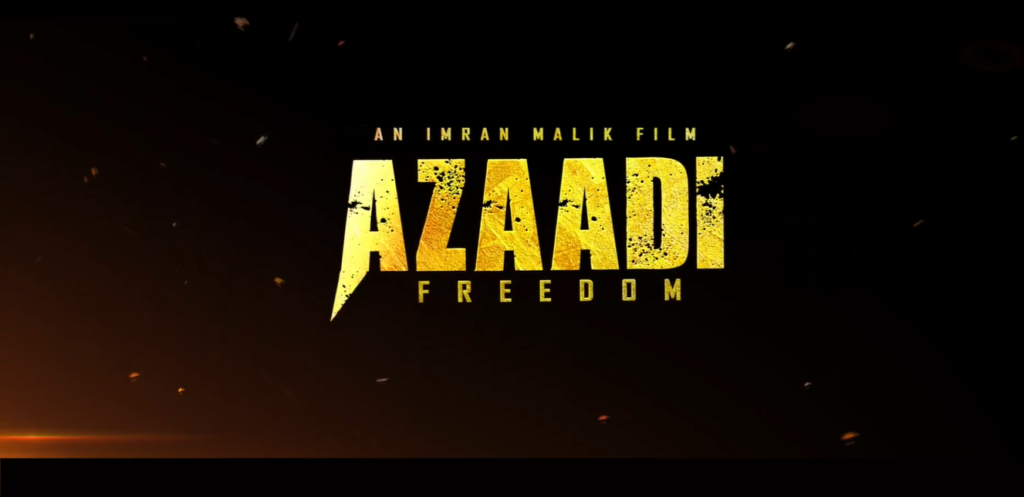★ Premium
Act on Video® offers premium high-end services under the umbrella of a brand named “Sharp Image“, for clients who demand the absolute highest quality in animation and video production for television and cinema. Our team of experts use the latest technology, top-of-the-line equipment, and unparalleled creativity to deliver a product that exceeds your expectations. Whether you need a high-end explainer video or a complex 3D animation, we have the skill, experience, and dedication to bring your vision to life.
3D Character Animation
3D Modeling
In the world of animations and commercials, 3D Maya and Max are indispensable tools that empower artists to craft captivating visual experiences. With their powerful 3D modeling capabilities, Maya and Max enable the creation of lifelike characters, detailed environments, and captivating props. These software applications provide artists with a versatile range of tools, including polygonal modeling, sculpting, and NURBS modeling, allowing them to bring their creative visions to life with precision and realism. Additionally, Maya and Max excel in character animation, offering advanced rigging systems, control setups, and animation techniques that breathe life into characters, enabling them to express emotions and interact convincingly with their virtual surroundings.
3D Texturing
Maya and Max are industry-leading software applications renowned for their powerful 3D texturing capabilities. These tools provide artists with a comprehensive set of features and techniques to bring depth and realism to their models. With robust UV mapping tools, artists can accurately unwrap the model’s surface, ensuring seamless texture application. Maya and Max offer a wide range of material creation options, including node-based editors for complex materials and support for custom texture maps. Additionally, their painting and texturing tools enable artists to add intricate details, variations, and weathering effects directly onto the model’s surface. With Maya and Max, artists can unleash their creativity and achieve stunning 3D textures that elevate the visual quality of their projects.
3D Character Rigging
With its robust tools and features, Maya empowers artists to create flexible and lifelike rigs for their characters. Through Maya’s intuitive interface, artists can build digital skeletons, define joint hierarchies, and set up sophisticated control systems. These rigs enable animators to breathe life into characters, animating them with fluid movements, expressive gestures, and believable performances. Maya’s powerful rigging capabilities make it an essential tool for creating captivating and dynamic characters in the world of 3D animation.
3D Character Animation
With Maya’s intuitive interface and robust features, animators can bring characters to life with captivating movements and performances. Through the software’s keyframe animation and timeline tools, animators can create precise and fluid motions, adding personality and emotion to their characters. Maya’s advanced rigging system allows for intricate control over character deformations, facial expressions, and body mechanics, resulting in lifelike and believable animations. Whether it’s a subtle facial expression or an acrobatic action sequence, Maya empowers animators to unleash their creativity and deliver compelling 3D character animations.
3D lighting
With Maya and Max, artists can create dynamic lighting setups, control light sources, and manipulate properties such as intensity, color, and shadows. These software applications provide a range of lighting options, including spotlights, area lights, and global illumination techniques, allowing artists to achieve the desired mood and ambiance in their 3D environments. Through Maya and Max’s intuitive interfaces, artists have the flexibility to experiment with different lighting setups, enhancing the visual appeal and narrative impact of their projects.
3D Rendering
Maya, Max, and Unreal Engine are industry-leading software applications that combine their strengths in 3D rendering to create stunning visual experiences. Maya and Max provide powerful rendering capabilities that enable artists to achieve realistic lighting, shadows, and materials in their 3D scenes. These software applications offer a range of rendering options, including ray tracing, global illumination, and advanced shading techniques, allowing artists to achieve photorealistic results.
Unreal Engine, on the other hand, is a real-time rendering platform that offers high-quality visual output and interactive experiences. With its advanced rendering features, artists can create immersive environments, realistic characters, and dynamic visual effects in real-time, making it ideal for applications such as games, virtual reality, and architectural visualizations.
Combining the power of Maya, Max, and Unreal Engine, artists can unleash their creativity and achieve remarkable 3D rendering results, whether it’s for film and animation, architectural visualization, or interactive experiences. These tools provide a comprehensive suite of features that elevate the quality and visual impact of 3D projects, delivering captivating and visually stunning results.
3D Product Modelling & Animation
3D Modeling
In the world of animations and commercials, 3D Maya and Max are indispensable tools that empower artists to craft captivating visual experiences. With their powerful 3D modeling capabilities, Maya and Max enable the creation of lifelike characters, detailed environments, and captivating props. These software applications provide artists with a versatile range of tools, including polygonal modeling, sculpting, and NURBS modeling, allowing them to bring their creative visions to life with precision and realism. Additionally, Maya and Max excel in character animation, offering advanced rigging systems, control setups, and animation techniques that breathe life into characters, enabling them to express emotions and interact convincingly with their virtual surroundings.
3D Texturing
Maya and Max are industry-leading software applications renowned for their powerful 3D texturing capabilities. These tools provide artists with a comprehensive set of features and techniques to bring depth and realism to their models. With robust UV mapping tools, artists can accurately unwrap the model’s surface, ensuring seamless texture application. Maya and Max offer a wide range of material creation options, including node-based editors for complex materials and support for custom texture maps. Additionally, their painting and texturing tools enable artists to add intricate details, variations, and weathering effects directly onto the model’s surface. With Maya and Max, artists can unleash their creativity and achieve stunning 3D textures that elevate the visual quality of their projects.
3D Rendering
Maya, Max, and Unreal Engine are industry-leading software applications that combine their strengths in 3D rendering to create stunning visual experiences. Maya and Max provide powerful rendering capabilities that enable artists to achieve realistic lighting, shadows, and materials in their 3D scenes. These software applications offer a range of rendering options, including ray tracing, global illumination, and advanced shading techniques, allowing artists to achieve photorealistic results.
Unreal Engine, on the other hand, is a real-time rendering platform that offers high-quality visual output and interactive experiences. With its advanced rendering features, artists can create immersive environments, realistic characters, and dynamic visual effects in real-time, making it ideal for applications such as games, virtual reality, and architectural visualizations.
Combining the power of Maya, Max, and Unreal Engine, artists can unleash their creativity and achieve remarkable 3D rendering results, whether it’s for film and animation, architectural visualization, or interactive experiences. These tools provide a comprehensive suite of features that elevate the quality and visual impact of 3D projects, delivering captivating and visually stunning results.
VFX – Visual Effects
Green Screen
Green screens provide filmmakers and content creators with a limitless canvas for their imagination to flourish. By removing the physical constraints of real-world locations, green screens enable the crafting of fantastical environments, futuristic worlds, and breathtaking landscapes that might otherwise be unattainable or cost-prohibitive.
Rotoscoping
Rotoscoping allows for precise and detailed control over the movement and appearance of elements within a scene. By tracing and isolating specific areas of an image or video frame, animators can achieve intricate levels of accuracy, capturing subtle nuances of motion, facial expressions, or complex interactions with the environment. It also serves as a bridge between live-action footage and digital elements. It enables the smooth integration of animated or computer-generated objects into real-world settings, enhancing the visual believability of the final composition.
RIG Removal
Removing rigs from footage contributes to the enhancement of cinematic realism. By erasing visible rigging elements, the final composition appears more organic and natural, resembling real-life situations. This attention to detail and the removal of any visual artifacts or discrepancies help viewers fully immerse themselves in the story, fostering a more engaging and realistic cinematic experience.
CleanUps
Refers to the process of digitally removing or fixing unwanted elements, imperfections, or artifacts from footage. It involves meticulously addressing issues that may distract or detract from the visual quality or narrative of a shot. Cleanups are crucial for achieving a seamless and polished final result.
2D / 3D Tracking
Both 2D and 3D tracking techniques are essential for seamlessly integrating computer-generated elements into live-action footage. These tracking methods allow VFX artists to match the movement and perspective of the digital elements with the camera and scene, resulting in realistic and convincing visual effects.
Object Replacement
Refers to the process of digitally replacing a real-world object or element in a scene with a computer-generated or modified object. This technique allows VFX artists to manipulate the visual appearance of objects, characters, or environments, and seamlessly integrate them into live-action footage.

